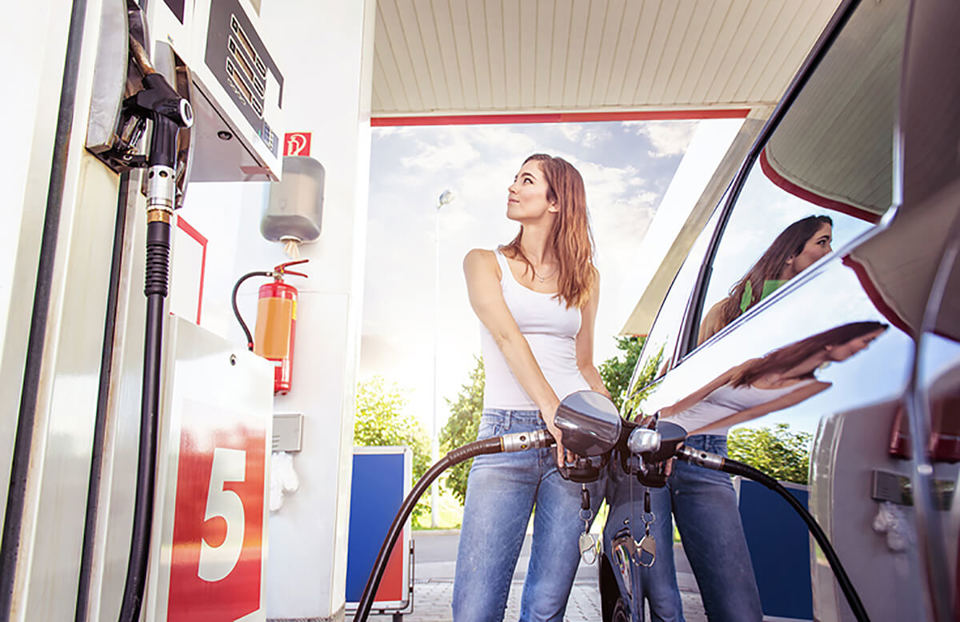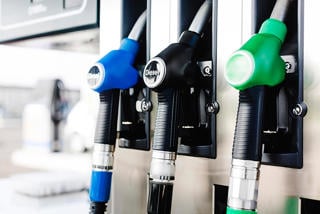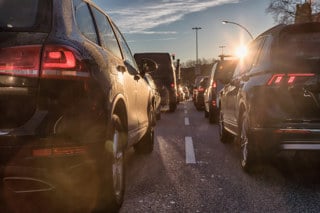The average price of petrol hit a new record high of 142.94p yesterday (Sunday, October 24), exceeding the 142.48p a litre all-time peak reached on April 16, 2012.
RAC Fuel Watch data shows the price of unleaded has increased by 28p a litre in a year from 114.5p in October 2020, adding £15 to the cost of filling up a 55-litre family car (£63 to £78.61).
The dramatic hike has been driven primarily by the oil price doubling from around $40 a barrel a year ago to $85 now – but some analysts predict it could hit $90 by the end of the year.
RAC fuel spokesman Simon Williams said: “The big question now is: where will it stop and what price will petrol hit? If oil gets to $100 a barrel, we could very easily see the average price climb to 150p a litre.
“Even though many people aren’t driving as much as they have in the past due to the pandemic, drivers tell us they are just as reliant on their cars, and many simply don’t have a choice but to drive. Those on lower incomes who have to drive to work will seriously struggle to find the extra money for the petrol they so badly need.
“We urge the Government to help ease the burden at the pumps by temporarily reducing VAT and for the biggest retailers to bring the amount they make on every litre of petrol back down to the level it was prior to the pandemic.”
While the jump in the price of oil is main reason for the new record pump price it is not the only factor. September’s switch to greener E10 petrol has also played a part, as has the margin retailers are taking on every litre sold which is now greater than it was prior to the start of the pandemic.
On September 1, the bio content of unleaded increased from 5% ethanol to 10%, and as ethanol is more expensive than petrol, it added around a penny a litre to the cost on the forecourt.
The bio element of a litre now accounts for 8.5p of the cost prior to VAT in comparison to the pure petrol cost which equates to around 41p. This could easily rise still further as the price of ethanol has gone up by 52% since E10 was introduced, says RAC.
Duty at 57.95p a litre still exceeds the combined bio and petrol components which amount to around 50p. VAT currently equates to nearly 24p, but this is applied on top of all other elements of the petrol price including duty and retailer margin.
Since April 2020 retailers have increased their average margin on a litre by 2p from around 5.5p to 7.5p a litre.
With volumes sold at the pumps plummeting during the first UK lockdown and remaining lower subsequently retailers, particularly the smaller independent ones, are trying to balance the books.
Comparison between 2012 and 2021
While the price of petrol at the pumps may be the same now as in 2012, there are several major differences in their make-up.
In 2012 oil was $117 while now it is 28% less at around $85. The exchange rate, which is important as fuel – like oil – is traded in dollars, is 13% lower today at $1.38 than it was in 2012 at $1.58 which means fuel is more expensive to buy on the wholesale market.
The price of ethanol is also 80% higher than nine and a half years ago at £606 a tonne compared to just £304 in 2012 – and, of course, up to 10% of petrol is now made up of the biofuel, in contrast to 5% in 2012. Retailer margin was also lower in 2012 at around 3.5p compared to 8p now. Fortunately, duty remains the same at 57.95p a litre and VAT is also still charged at 20% on the final transaction at the forecourt.
Williams said: “We’re lucky the oil price isn’t as high as 2012 as we’d be paying even more at the pumps if it was, as the exchange rate is 13% lower which means wholesale fuel costs more for retailers to buy in.
“On the other side of the coin, unleaded now includes 5% more bio content and ethanol is far more expensive than petrol. But, even taking that into account, the petrol element of the price is still around 5p a litre cheaper than it was nine and a half years ago which points to the increased retailer margin now being taken.”





















Login to comment
Comments
No comments have been made yet.